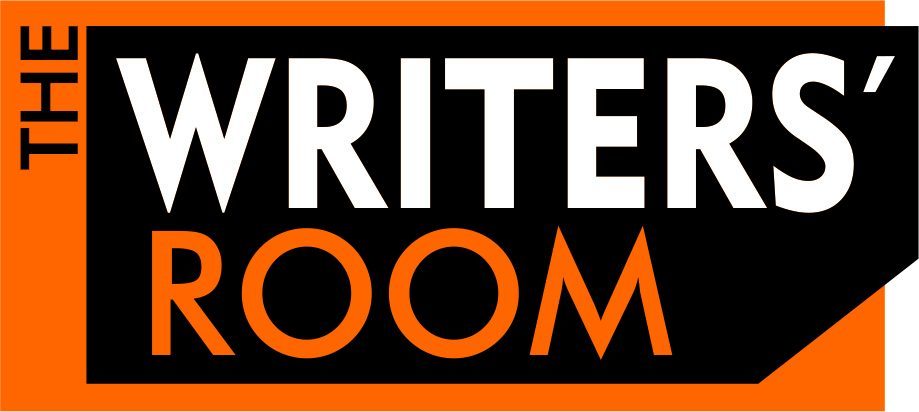By Carinya Sharples
Growing up, not many of the characters in the books I read looked like me. My parents must have made an effort to find some ‘diverse’ children’s literature though. I remember Grace Nichols’ Leslyn in London, about a Guyanese girl who came to live in snowy, cold England and slowly warmed up to the city I called home. Then there was A Week In Lateef’s World: India, a photo book about a boy who lived on a wooden houseboat on the river. Not forgetting Granny Han’s Breakfast, the sweet tale of an elderly Chinese woman with an empty cupboard, whose morning meal miraculously comes together as friends and neighbours happen to bring by all the ingredients she needs.
But mostly the characters were English. And white.
I didn’t notice their colour – not then anyway. I delighted in the stories of their adventures: Charlie and Grandpa Joe exploring Willy Wonka’s chocolate paradise; Flossie Teacake transforming into an adult through a magical fur coat; the Famous Five solving mysteries and eating delicious picnics (usually involving hearty sandwiches wrapped in wax paper and enviously large wedges of cake). When a friend of my eldest sister borrowed a selection of my Enid Blyton books and returned them with a little note saying thanks and “Aren’t they so sexist?!” I was a bit embarrassed and confused.
As I was exposed to and discovered new, different voices, I became more critical of what I was reading and aware of how limited my scope of literature had been. A secondary school anthology included poems like Valerie Bloom’s Wha Fe Call I’, which opened: “Miss Ivy, tell mi supmn, / An mi wan’ yuh ana good. / When yuh eat roun 12 o’clock / Wassit yah call yuh food?” The difference in tone, rhythm, topic and language was a burst of colour in the classroom. Later, a module in Caribbean Literature as part of my English degree introduced me to Martin Carter and the revolutionary power of poetry. But on the whole, the reading lists throughout my schooling were pretty Western-centric.
Strangely, we didn’t have many Guyanese books at home. Although given the colonial education my dad would have received growing up in Georgetown in the 1940s and 1950s, perhaps it’s no surprise. Even today, local literature can be hard to come by in Georgetown – even the classics. Earlier this year, I wanted to get a copy of Walter Rodney’s seminal text How Europe Underdeveloped Africa but the $6,650 price tag had me reluctantly putting my purse back in my bag. I’m all for supporting bookshops but the high prices can be punishing – even if they’re what the owners have to charge to stay afloat.
My experience with Guyanese books in Georgetown has been sometimes hopeful, sometimes depressing. Other than readings and launches at the likes of Moray House and the National Library, most literary events I’ve come across seem to be official events for calendar dates like World Book Day, while the Guyana Prize for Literature still sits on a shelf somewhere, gathering dust, as far as I know. While it’s important to have state backing for the arts, some edge of anti-establishmentarianism is important too.
But there are exciting green shoots: a workshop led by Commonwealth Writers; Renata Burnette’s spoken word night, Shea Butter; the launch of UG Press at the University of Guyana (though only one publication has been published so far); and more besides – not forgetting, of course, Stabroek News’s The Writers’ Room. There are also regional and national opportunities for writers, such as the Commonwealth Short Story Prize (the deadline for this year is November 1); Pree, the online journal for new Caribbean writing; and Bocas Lit Fest’s CODE Burt Award.
Every country needs its own literary canon (or maybe canons). There’s massive pride and power in reading books written by people who look like you, share your culture, or are from where you call home. Just recently I read Natives: Race and Class in the Ruins of Empire by English-Jamaican author, rapper and educator Akala. While I didn’t grow up seeing my peers hounded by police or stabbed as he did in North London, I found welcome common ground in his accounts of growing up as a mixed-race person in a white, Euro-centric country that often exoticised, belittled, misunderstood or attacked anyone deemed to be ‘different’ – where mixed race people had to select ‘other’ on diversity tick boxes.
Writers have the power to weave stories of our past, our present and our future. They can help us understand or come to terms with the past, and to see how where we got where we are today. Sometimes their work seems almost prescient: think of the uncomfortable familiarity of Edgar Mittleholzer’s anti-capitalist fable The Adding Machine; the defiant use of Creolese by Wordsworth McAndrew, long before many realised the importance of language preservation; or the hopeful knitting together of environment and education captured in Mahadai Das’s poem Looking Over the Broad Breast of the Land I Saw a Dream: “My children, in universities, born and grown in the jungle / Like a symbolic womb, cradling and nurturing the generation / Of yesterday’s visions”.
If we want to create a new future or know where we’re going, we first need to imagine it. And on the pages of a book, there’s freedom to dream.










